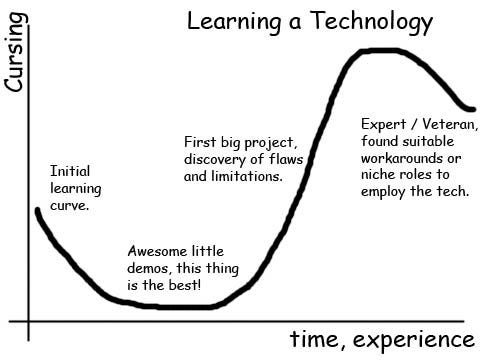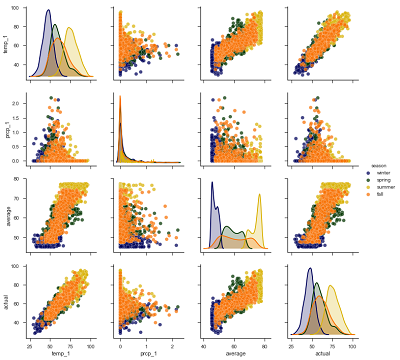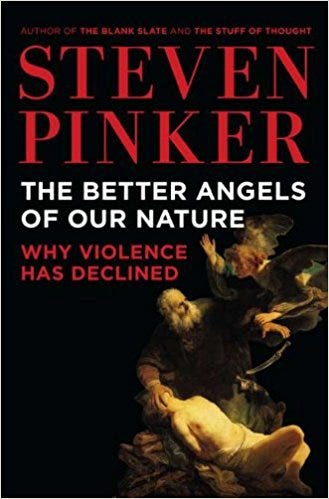A Theory Of Prediction

Review of The Signal and the Noiseby Nate Silver
The Signal and the Noise is probably the most informative non-technical book about the art of predicting ever written. It outlines what is best described as Nate Silver’s “Theory of Prediction”. Silver, creator of the data journalism site fivethirtyeight, takes readers through an information trip of diverse fields including meteorology, baseball, poker, finance, and politics, documenting estimates that either failed badly, or were extremely successful and the tactics employed by the forecasters who made them. Both the successful and the failed forecasts have much to teach us, and Silver distills the lessons from these examples into a cohesive message: we are inherently terrible at making predictions, but by adopting a few principles, we can improve our estimates and benefit at the personal and national level. In my view, there principles fall under three rules:
- Think like a fox
- Think like a Bayesian
- Think like a (basketball) shooter
It’s hard to make out much about these rules from their names, so let’s walk through each one in turn.

 Technology Learning Curve (
Technology Learning Curve (
 # How to Improve a Machine Learning Model
# How to Improve a Machine Learning Model 1. _The Better Angels of Our Nature_ by Steven Pinker
1. _The Better Angels of Our Nature_ by Steven Pinker